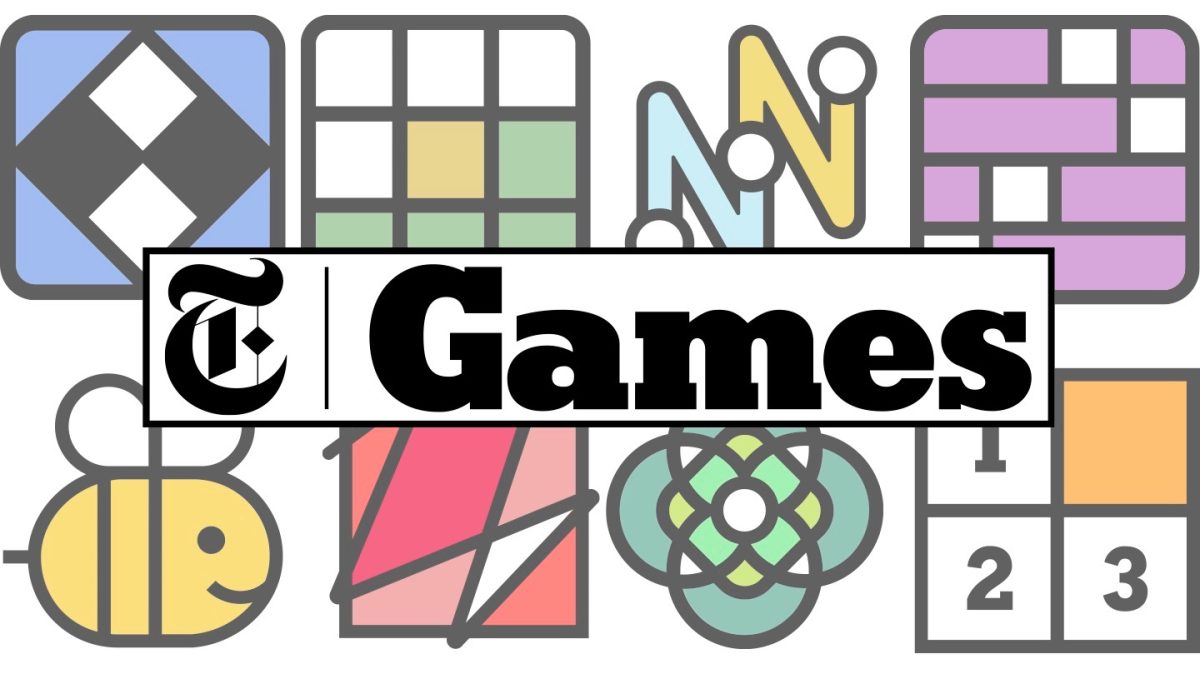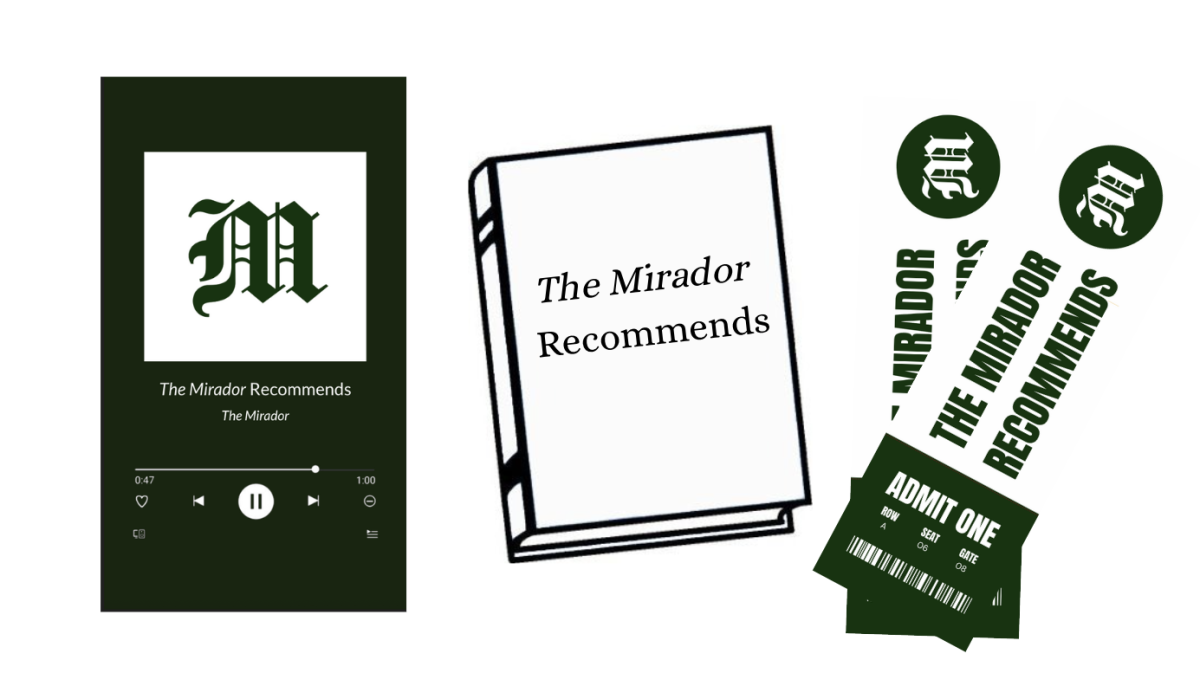After its first viral moment online in December 2021, Wordle exploded in popularity, gaining millions of fans through Twitter posts where users flaunted their success in the game through a 6 by 5 box of multicolored square emojis. The game’s simplicity — guessing a five-letter word in six attempts — made it easy for new users to understand and play and encouraged the frequently-asked question: “How many tries did it take you?”
After only six months following its creation, its creator, Josh Wardle, sold Wordle to the New York Times, for whom it presented itself as a valuable asset. “Wordle brought an unprecedented tens of millions of new users to The Times, many of whom stayed to play other games,” CEO of The New York Times Company Meredith Kopit Levien said.
The “other games” Levien mentions saw a similar rise in popularity after the Wordle acquisition. It is not uncommon to see a student’s laptop screen occupied with the gray blocks of Connections, the five-by-five grid of a Mini crossword, or the alphabetical maze of a Strands game. “I play the New York Times Games daily,” junior Alana Jardine said.
So, why are these daily puzzles so compelling for users across the US?
The simplicity of many of the New York Times Games allows for many people to quickly understand and come to love the short gameplay. By making only one game per category available every day, the New York Times presents (unlike some other popular games such as Candy Crush or 2048) a small game that users want to keep coming back to. The multitude of word puzzles also introduce intellectual challenges for their players. Such “brain teasers” have been proven to lower stress levels and improve attention spans, having an overall positive effect on players, driving them to return to play the following day (National Library of Medicine).
Additionally, most of the games are free to play — the exceptions being a limited amount of playing time on the Spelling Bee and no access to the Mini or Connections archives — which makes them a popular choice for students looking for something to do, obviously, after their other work is finished. “The games used to distract me because I felt the need to do them every day,” junior Gia Batshaw said.
The New York Times has eight mini games. Of these, some are clearly in need of improvement, while some are positively sensational. You may be wondering which of these games deserve the title of Best New York Times Mini Game, or possibly, which deserve to be proclaimed as the worst of them all. So, I have put it upon myself to rank them.
1. Mini Crossword
This game easily takes the top place for me. Rather than having to spend 20 minutes on a full-size crossword, the Mini takes mere minutes to complete. On top of that, the clues are easier (except for the golf-themed ones that show up weirdly often) and shorter. After completion, I can be proud of my hint-less solve — something I can’t say for the full-size crossword puzzles — and even have the chance to compare my times with my friends on the daily Mini leaderboard.
2. Connections
Although this game took me a while to fully appreciate, it has definitely earned its spot as second on the list. The categories are sometimes a little arbitrary and have left me confused and desperate enough to go looking up hints online to save me from the singular guess I have left. Nevertheless, Connections does have its good days as well, on which I enjoy putting myself to the test and trying to guess the categories in order.
3. Wordle
This, needless to say, is a classic New York Times puzzle. Along with millions of other players, this was the game that started my daily puzzle dependency, and, just for that, it deserves a place in the top three rankings. After completing many multiple-month-long streaks, the gameplay did eventually get too repetitive for me to keep up with the daily word-finding mission, but it is still a great game to play whenever I get bored (or am in the mood to procrastinate homework).
4. Strands
This game, while it is not as wonderful as the Mini, Connections, or Wordle, has some solid strengths, earning it the fourth-place ranking. The option of getting hints after three wrong guesses has saved me many times from just outright leaving the game and not looking back until the next day. It has some easier days, but the vast majority of the time, I find myself staring at a sizable grid of random letters with no clue what to do next. How can it be so hard to find themed words in a word search?
5. Sudoku
The only numbers game in the New York Times Games category, but still a very fun one. It is fairly easy to find sudoku games elsewhere, but I like the difficulty rankings — even if I only ever choose the “easy” option, it is nice to know what level of actual thinking I will have to do going into the game.
6. Spelling Bee
The visual aesthetics of the Spelling Bee game is easily the best out of all of them, but the actual playing is not. Having to find dozens of words before the game resets after each day is just too big of an ask. Even with the additional help from the Spelling Bee Buddy (an online tool provided with the New York Times Games subscription that provides personalized hints for the game), it is simply not plausible for me to guess so many words without the help of Google.
7. Tiles
This game is not puzzling enough for my taste. Clicking on random colored boxes, removing a single matching element at a time until the board is clear, feels so much less exciting than the other games the New York Times has to offer. But this game does have a redeeming quality: specifically, not being difficult enough for me to give up on. If I do happen to start a Tiles game, it is guaranteed that I will finish it.
8. Letter Boxed
I strongly suspect this game has no solution. Far from Tiles’ problem of being too easy, Letter Boxed seems, to me, to be completely impossible. The level of effort that must be necessary to solve this game is something I never plan to find out. Playing Letter Boxed is my very last resort, something I do after I have gotten the Queen Bee rank on Spelling Bee, even after I have perused the articles from the Sports section of the newspaper.






